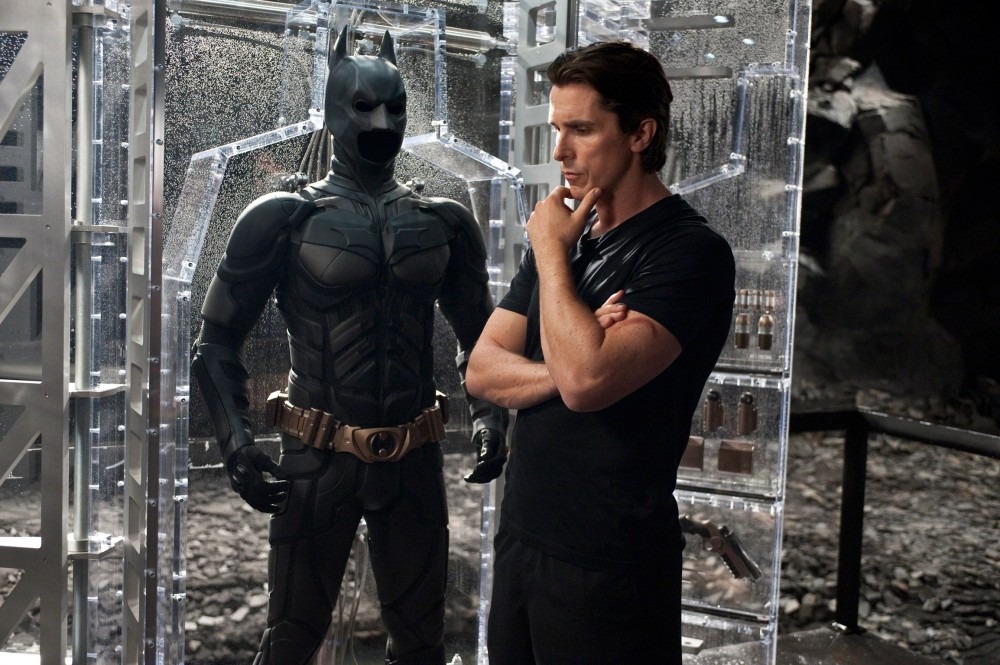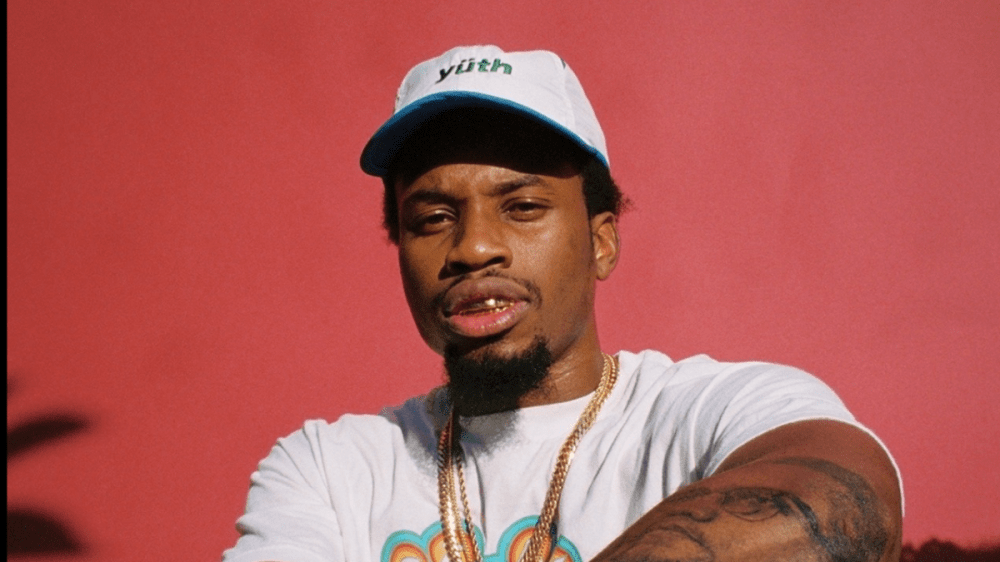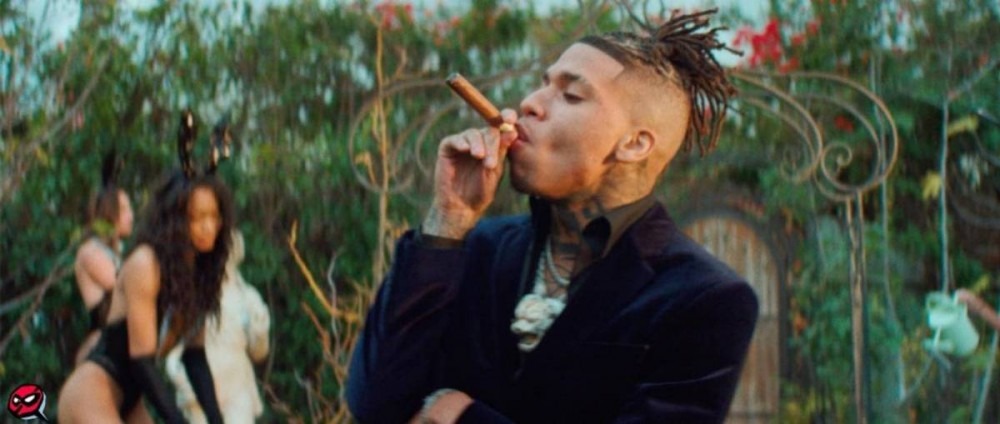Unmasking ‘Blue Beetle’: Angel Manuel Soto on Crafting A Heroic Tale of Culture, Family, and Representation in Hollywood
For a lot of characters, you see them onscreen and then you see them in real life and it’s hard to disassociate them—but you know there’s some distance between them and the characters they play. But we all know with Xolo: that’s him. That’s actually Jaime Reyes.
SOTO: It is crazy. But that moment I felt like, “Oh shit, that’s him,” was when he came out with the suit on. So we did this video like it was like a sizzle reel and we had him on top of the corner of a building, like eating a taco, just hanging out with the suit and he was like rapping to Drake or whatever.
And when the camera was going up on him, we were like, “That’s him. Like, it’s, it’s definitely him.” And we got to the point that you cannot separate either because what makes Xolo special as a human is what makes Jaime special as a character. So Xolo is Jaime, Jaime is Xolo, the same thing. Same person. Same person for me.
One of the most important lines in the entire movie is when Xolo says, “My family…that’s what makes me strong.” Can you talk about working with the cast and capturing the family dynamics onscreen?
SOTO: Yeah, I mean, we definitely knew that the family aspect is important, but it’s not that Toretto family aspect of things, but the family aspect of things that grows with you since you were little.
What I did was during the rehearsal days, about two weeks before shooting, I took the script and I said, “Let’s throw it away, this is not important right now.” You guys are now meeting each other for the first time and you have like the first generation, you know, Belisa Escobedo and Xolo. Then we have like the ’80s ones, which are like George Lopez and Epidia Carrillo. And then we have the elders, right. So the idea was to let the elders share their stories, like what was their childhood or the sacrifices they had done.
Everything they’ve lost along the way, how hard it was for them to be the place where they are today. That’s something that we get from our parents because we’ve been with them for 40 years or whatever and they tell you their stories and you have seen them struggle. So there’s this respect. There is this respect that exists for them that takes years to create.
So how do we create that respect in such a short period of time? So that’s what we do. Instead of rehearsing, we actually told stories about their journeys, about crossing. And all the kids were like, “Oh my God. Like, that story is incredible.” Like, just by looking at you would have never thought. And then you put that now in this act and the scene just plays differently. So that level of respect and admiration visually translates to love.










